AARP Hearing Center


Fifteen
Zoe
AS SHE LEFT the bus station, Zoe could picture the woman in her black T-shirt, with her wide smile and tangled hair, but walking up George Street, turning onto the Cornmarket, passing so many people, so many women, the image grew less distinct. Lots of women had long brown hair; some were tall. Perhaps she had already passed her without noticing? A man and a woman strolled by, swinging a boy between them; the woman wore a green sari beneath her anorak. A crowd of teenagers from one of the language schools passed in a wave of Italian. Two women, laden with bags, hurried by. She was about to give up and head to the shopping center when she realized she was gazing into the eyes not of a woman but a man. He was walking toward her, not exactly smiling, waiting to see if she would notice him. She looked back, curious and unabashed. He had high cheekbones, a strong nose, fair skin. His mouth was framed by a neat beard, almost the same shade of light brown as the hair that sprang back from his forehead. His leather jacket was a darker brown. The pavement between them dwindled, disappeared. With the slightest nod of acknowledgment—yes, he had seen her—he was past.
She turned to watch him, hoping he too would look back. When he didn’t, she began to follow him. As soon as she saw him turn up Broad Street, she turned up Ship Street—it ran parallel—and started running. Without crowds or traffic, she could sprint down the narrow street. Then she was turning left on Turl Street. She slowed to draw breath and smooth her hair.
He might have gone into a shop, or one of the colleges on the far side of Broad Street, but there he was, once again, walking toward her. She started walking too, slowly, wanting to make the moment last. She had taken half a dozen steps when his gaze again met hers. She saw the jolt of surprise, then his delighted smile. He stepped out of the stream of pedestrians. She followed. They were standing near the entrance to the Sheldonian Theatre. From atop the walls on either side a row of massive stone heads, Roman emperors, ignored them, staring out over the crowded street.
“Do I know you?” he said. His boots were dark brown and expensive looking.
She shook her head, tongue-tied, even as she registered the cliché. He was older, she thought—twenty-two? twenty-three? Or was that the beard? His upper teeth were very regular, his lower a little higgledy-piggledy.
“So why are you following me? Or should I say intercepting me?”
He was American. Maybe that explained the beard, and the boots. Zoe heard herself say, “You look like a painting in one of my brother’s books.” She could picture the long-faced saint in his purple robe, the twisted rocks in the background, but not the artist’s name.
“If you make a habit of telling strange guys they look like paintings, you’ll find yourself in more trouble than you ever dreamed of.” He reached toward her, but his hand stopped short.
“What kind of trouble?” She kept her voice equally low.
He laughed. “I’m not going to tell you that. Go home before some big bad wolf finds you.”
His lips, framed by his beard, were pale and smooth.
“You go home,” she said, childishly. Before she knew what she was doing, she had turned and was running down the street, zigzagging through the crowds.


























































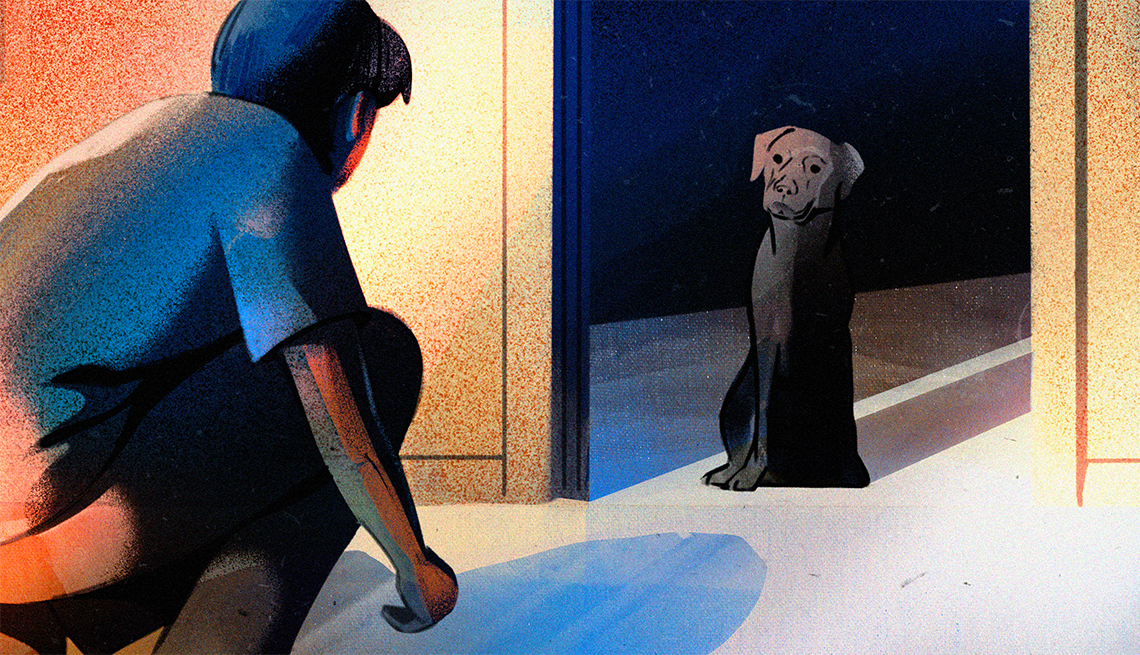
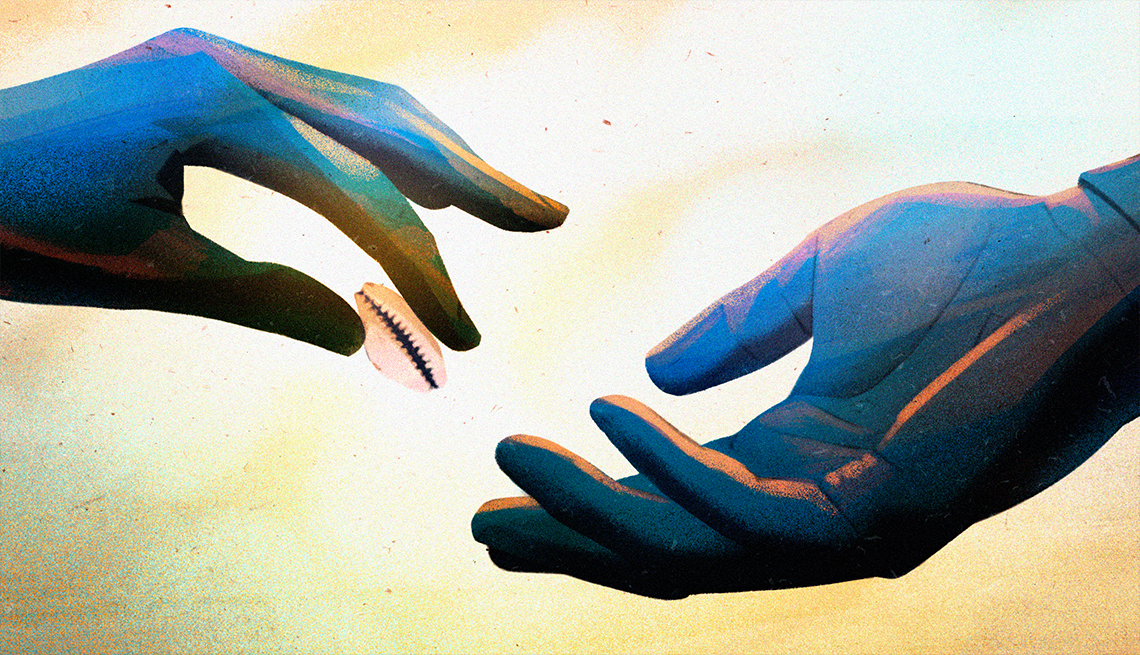
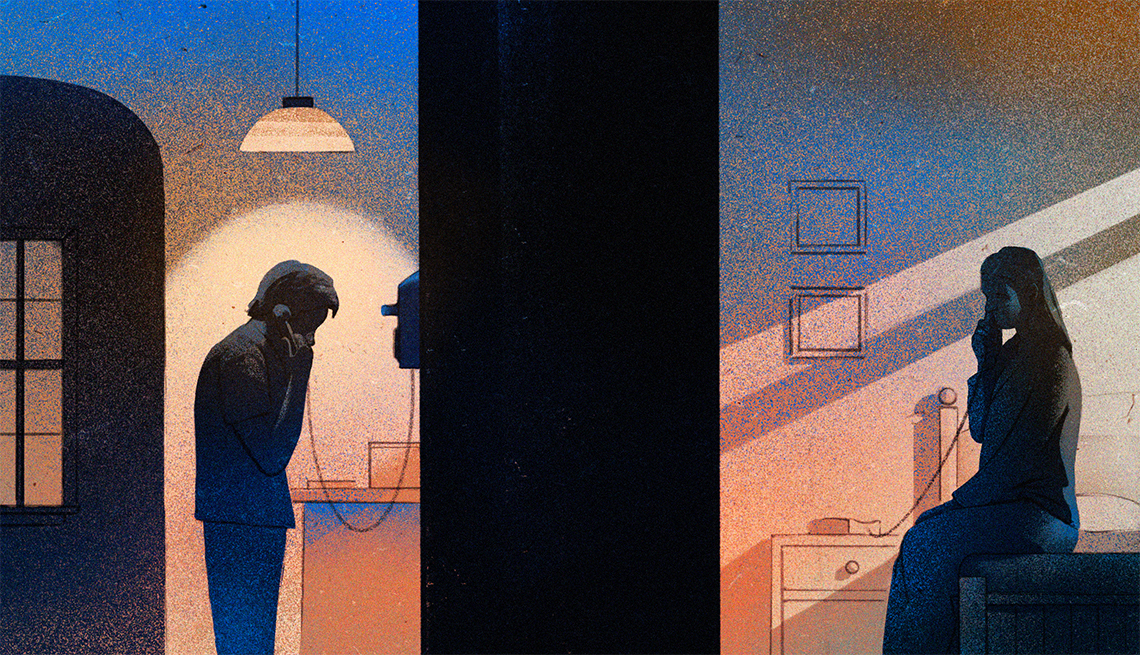
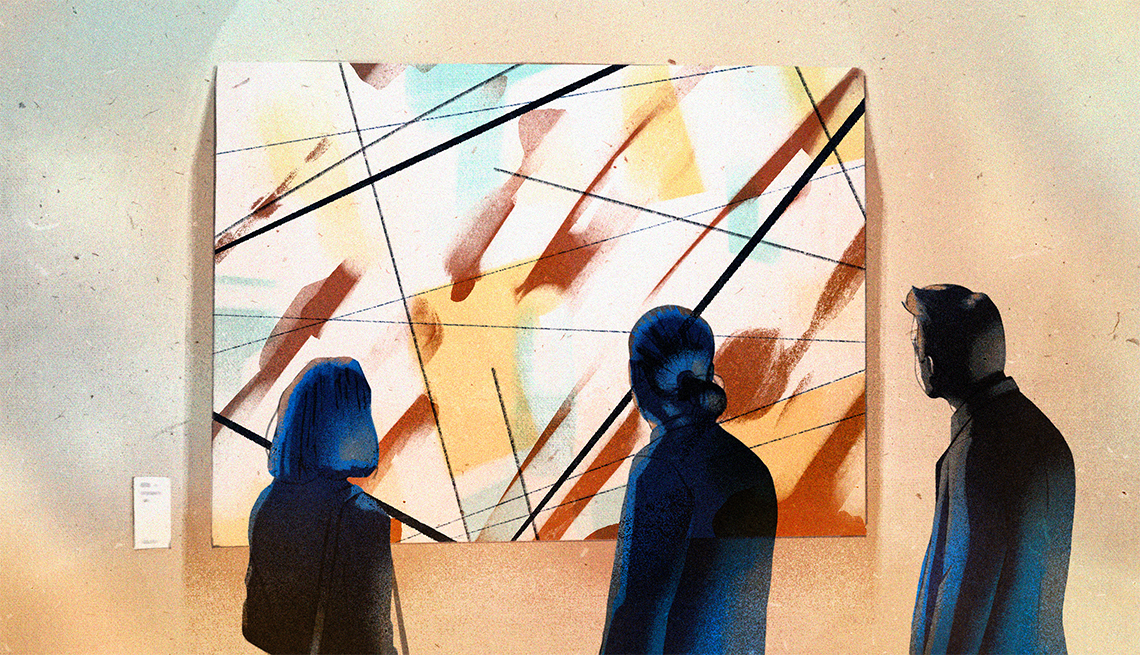
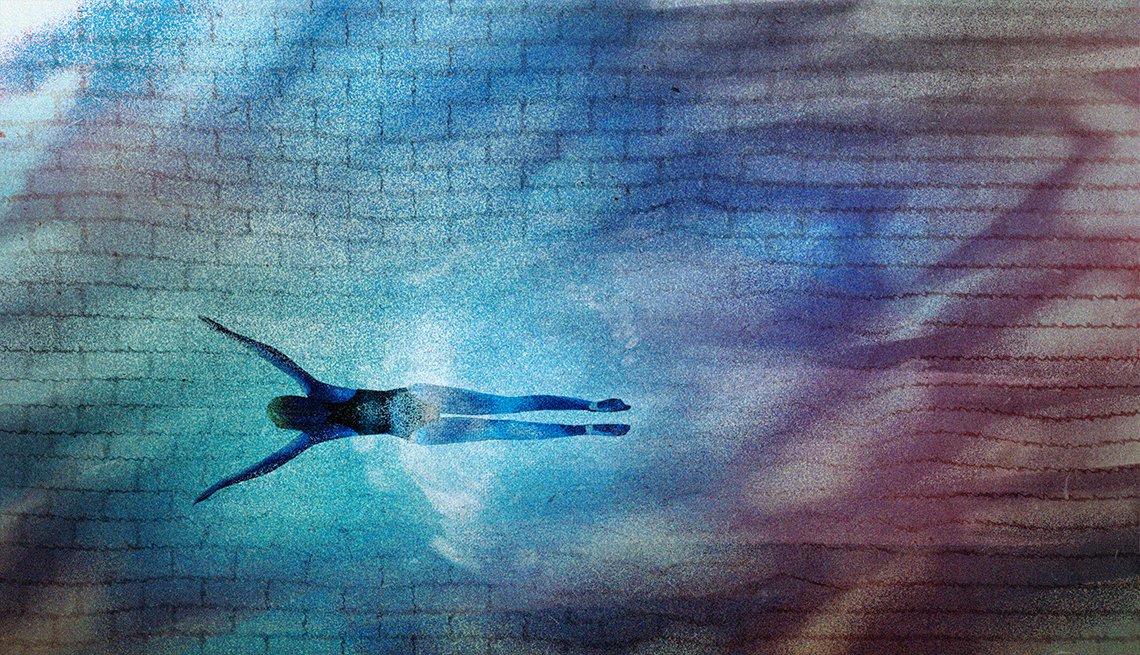
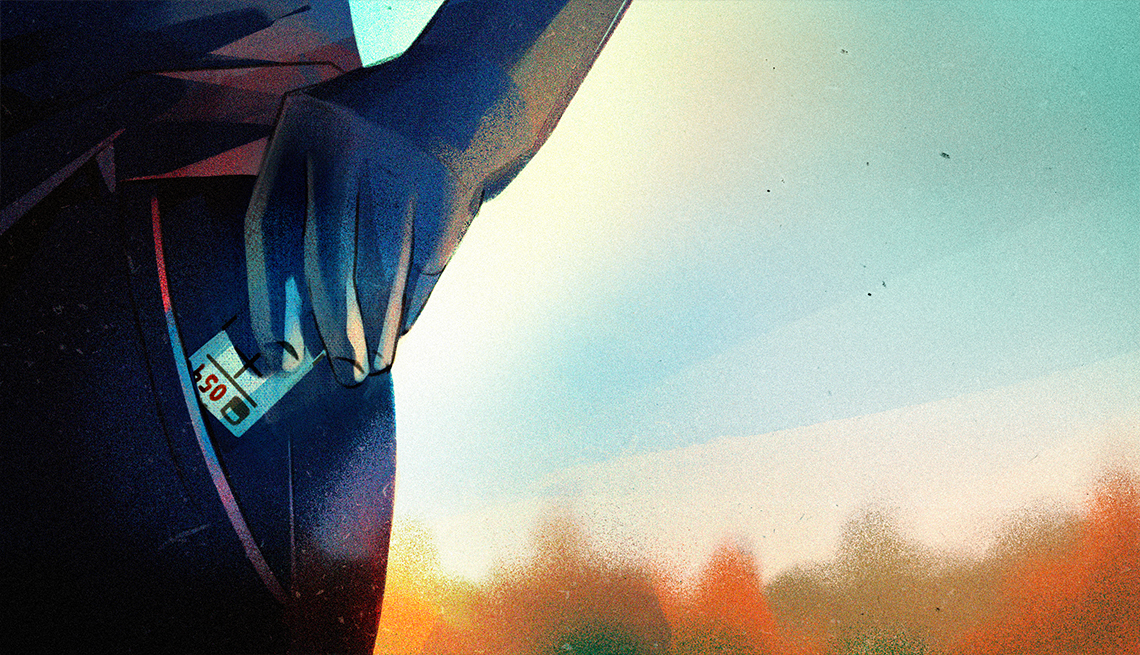

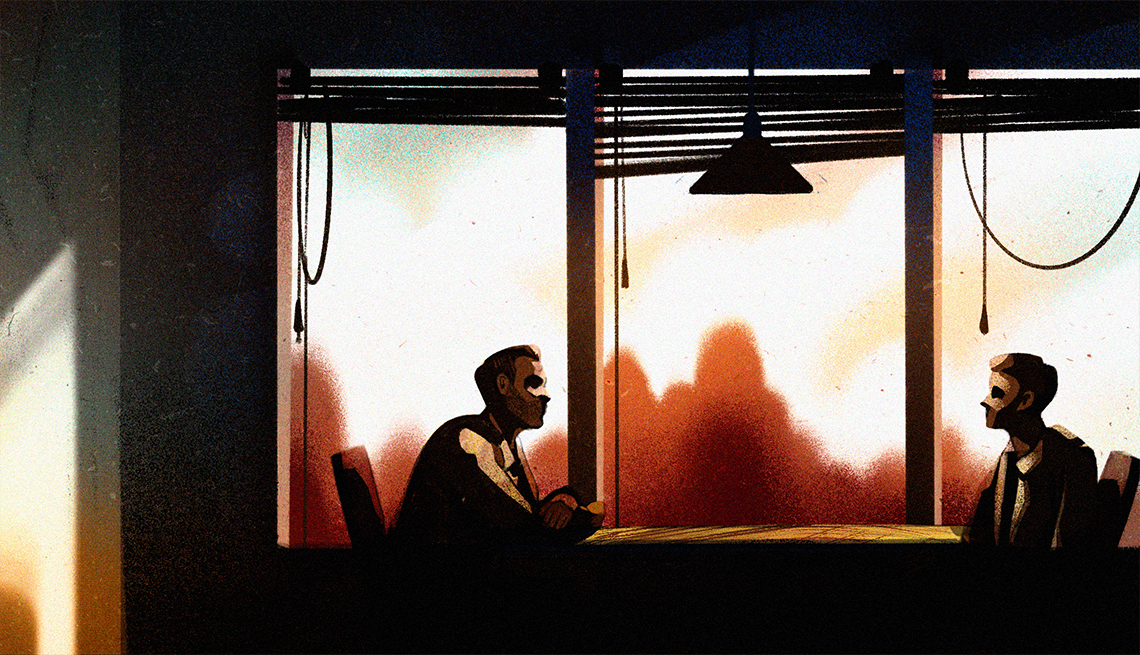
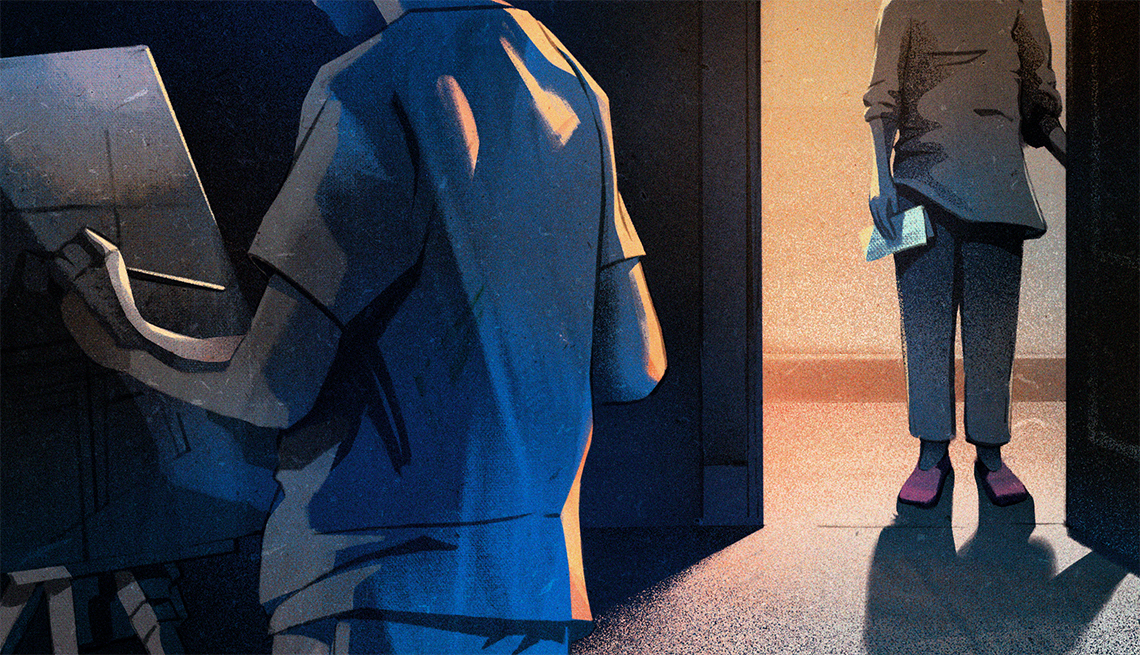
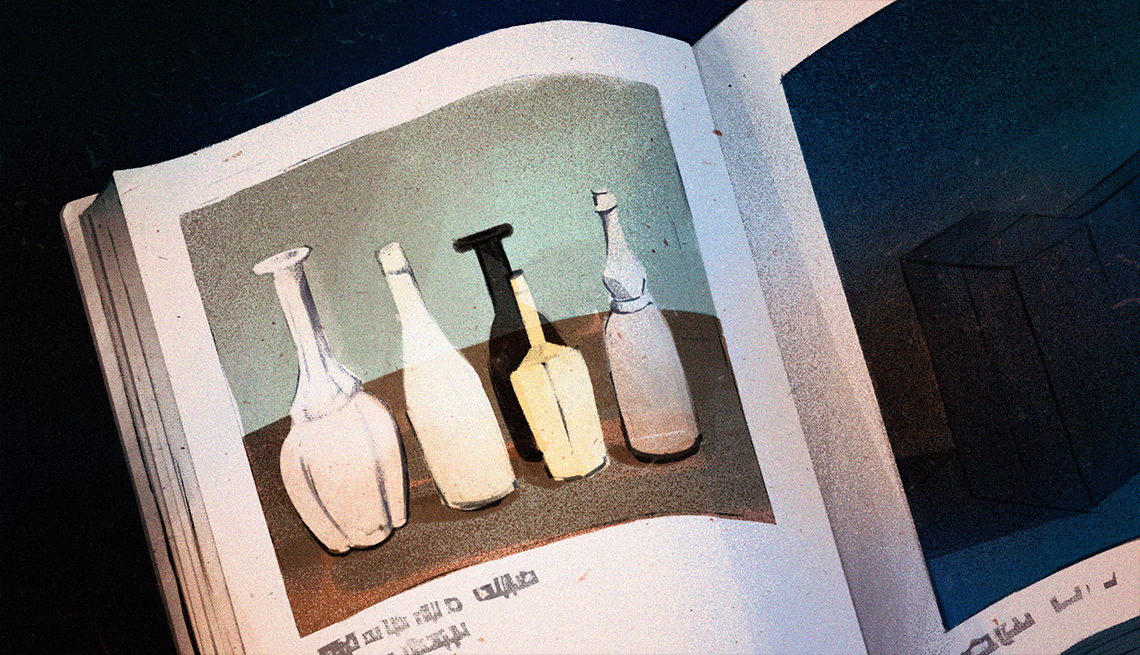
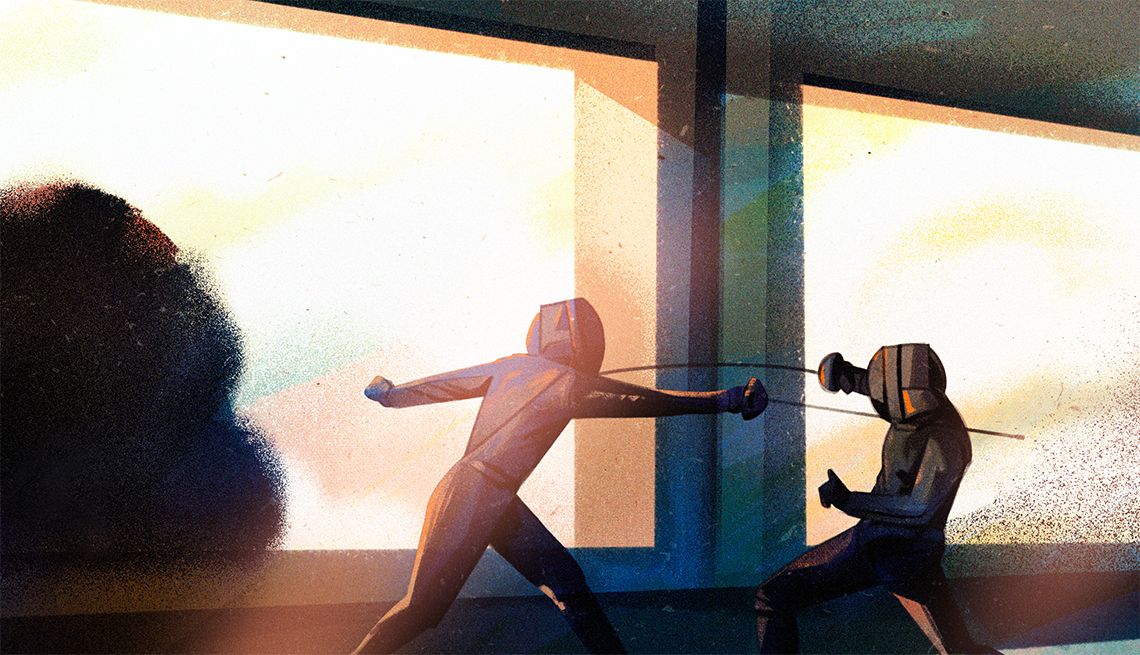
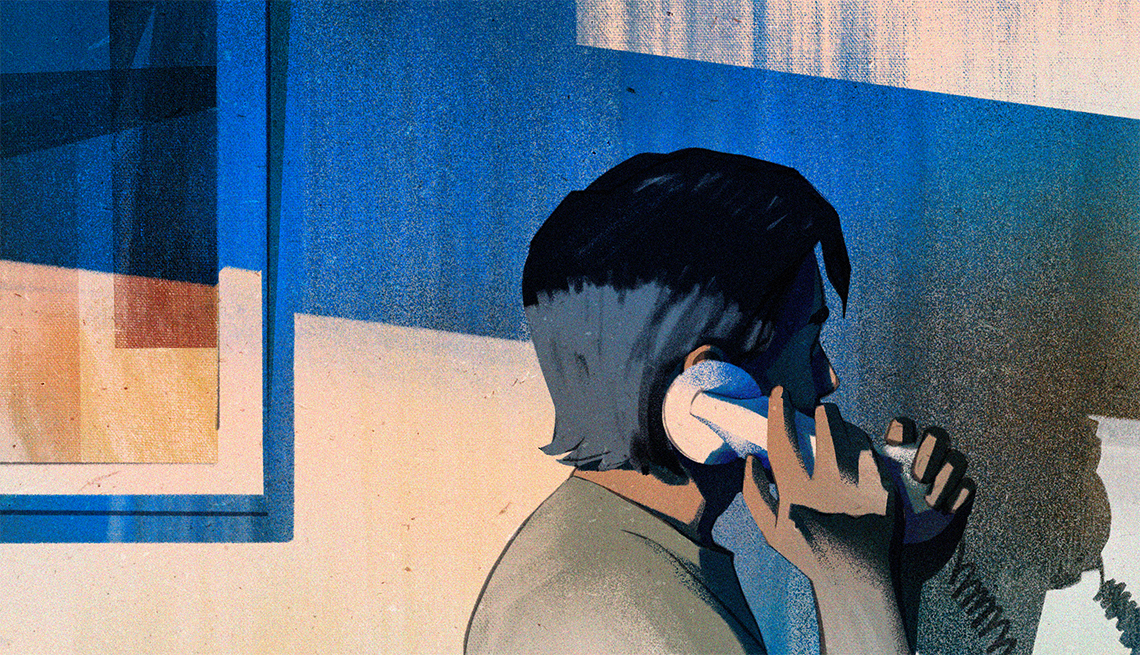
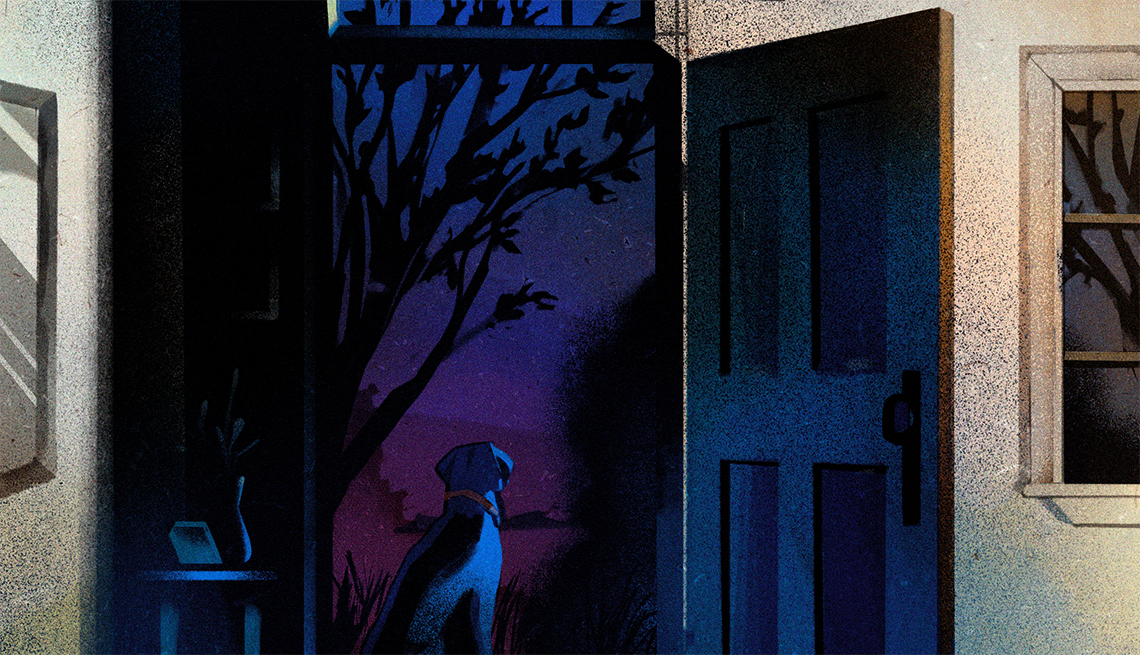
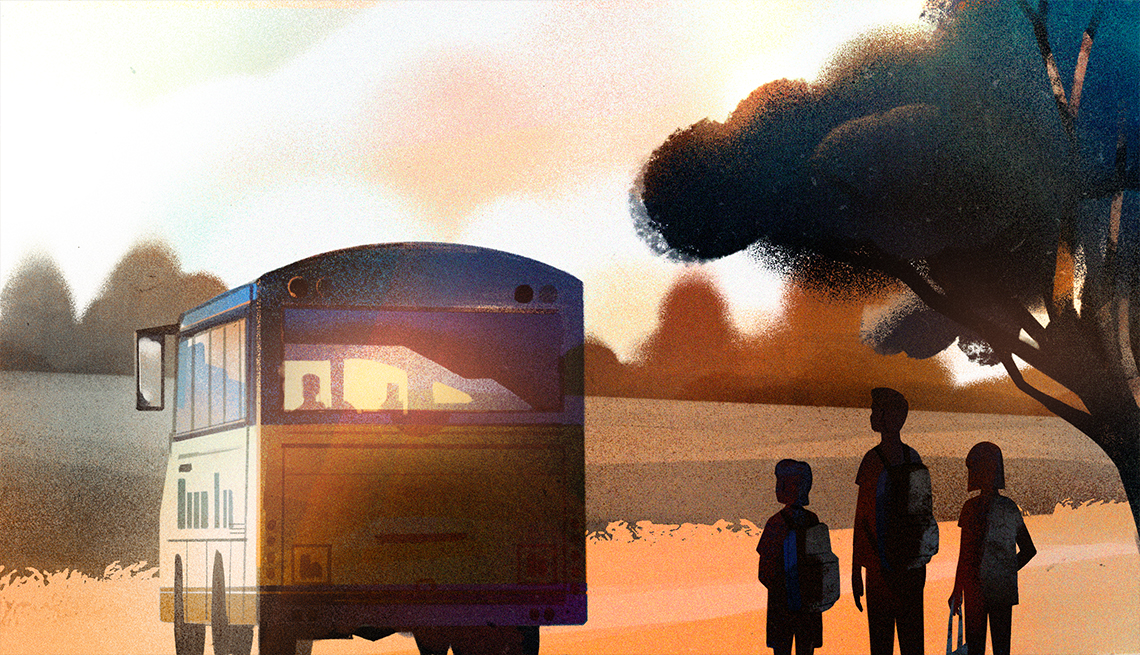
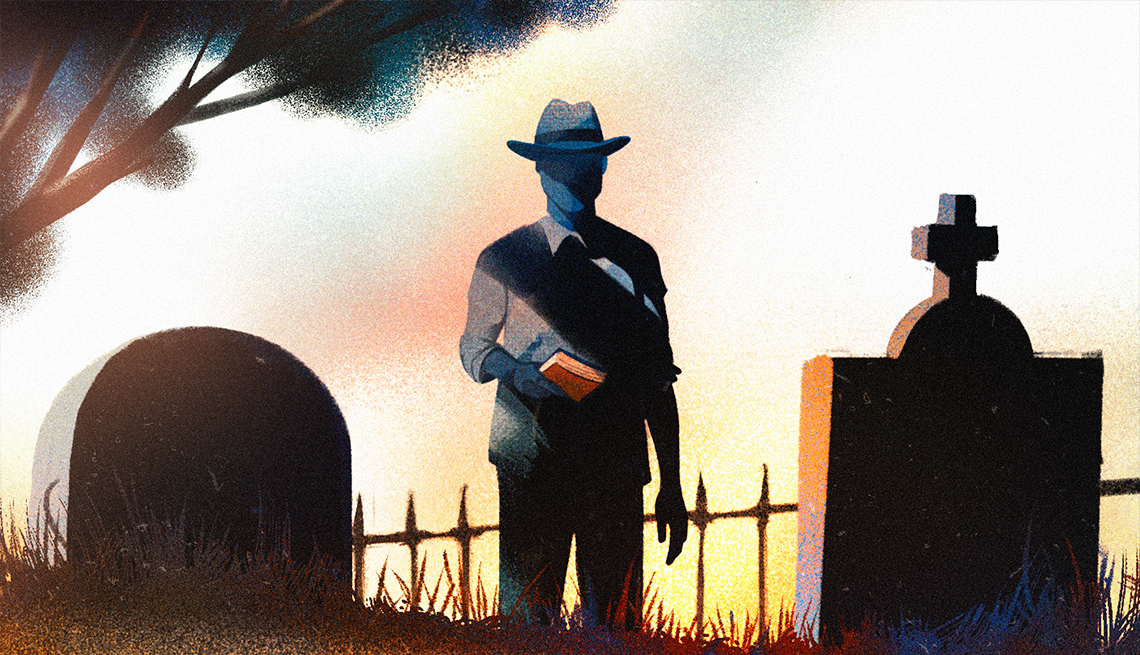
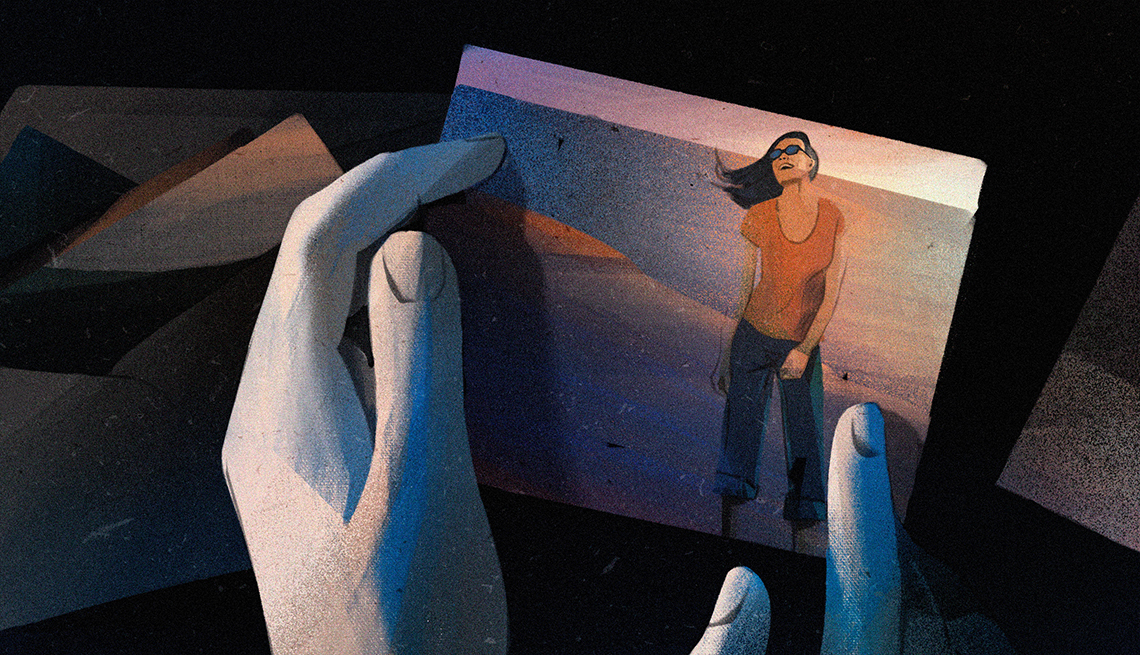
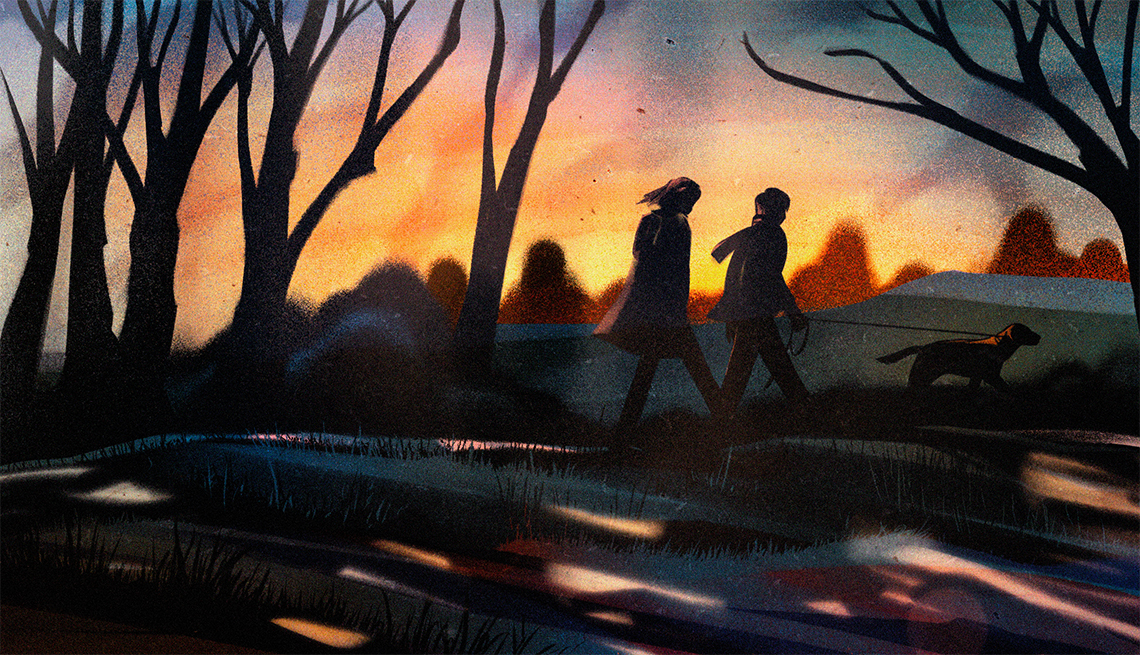
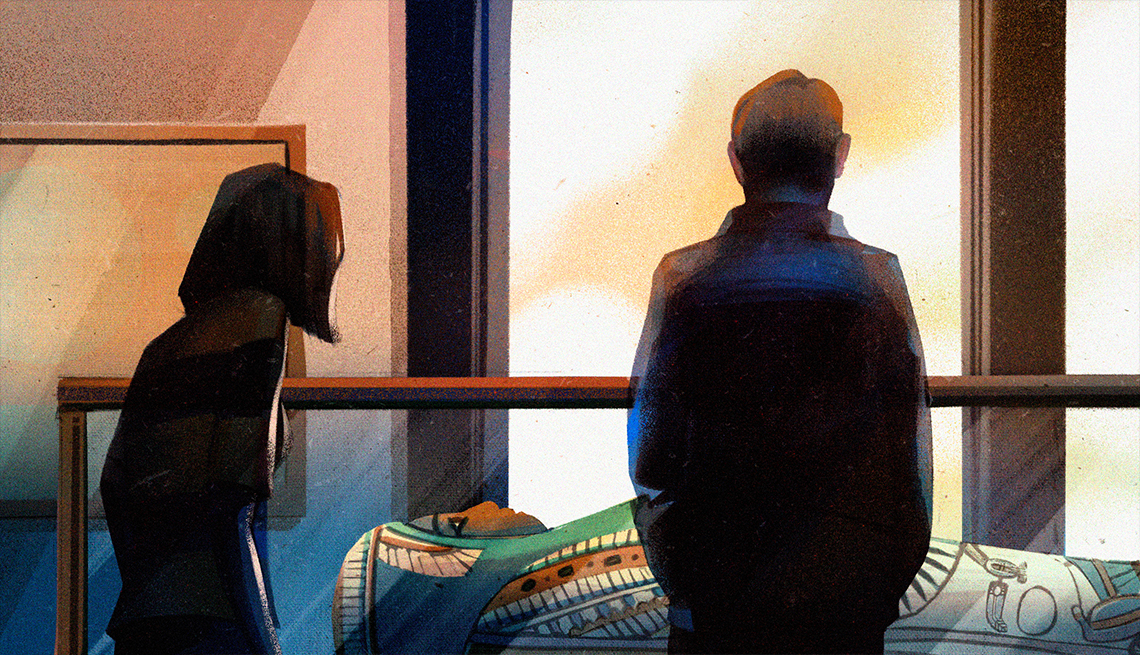
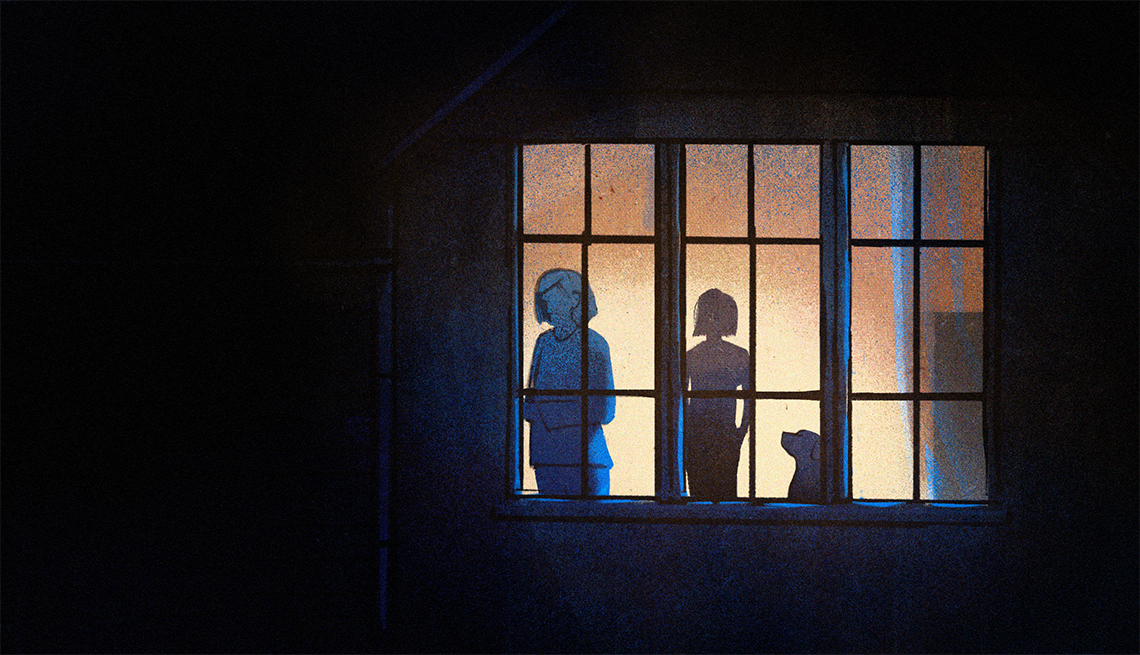
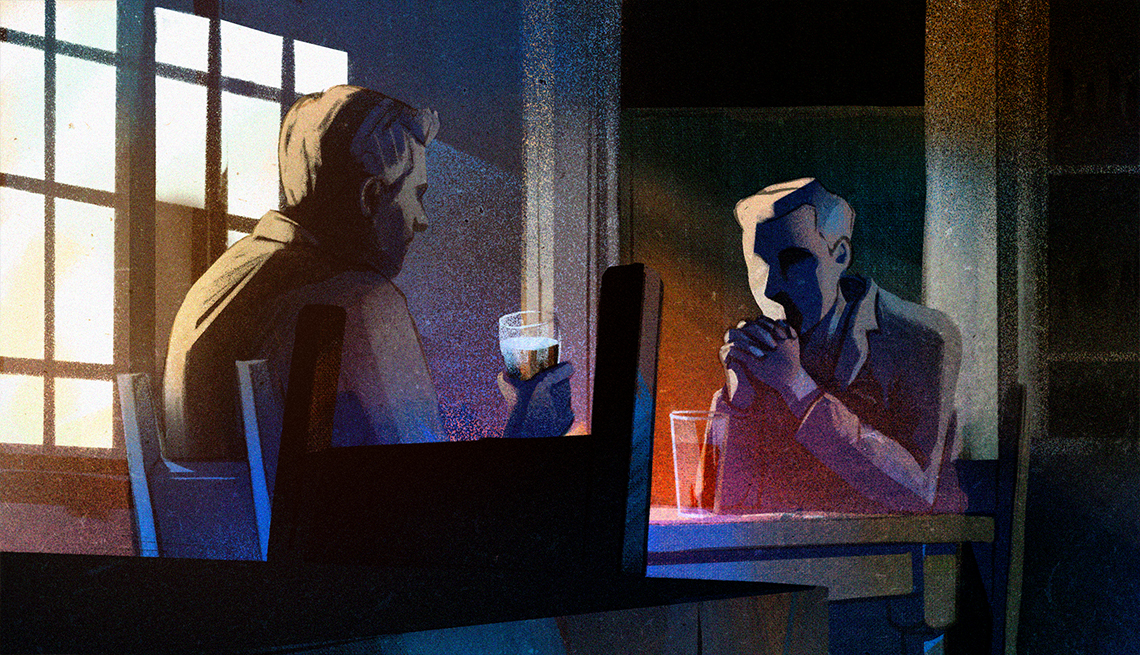



More From AARP
Free Books Online for Your Reading Pleasure
Gripping mysteries and other novels by popular authors available in their entirety for AARP members